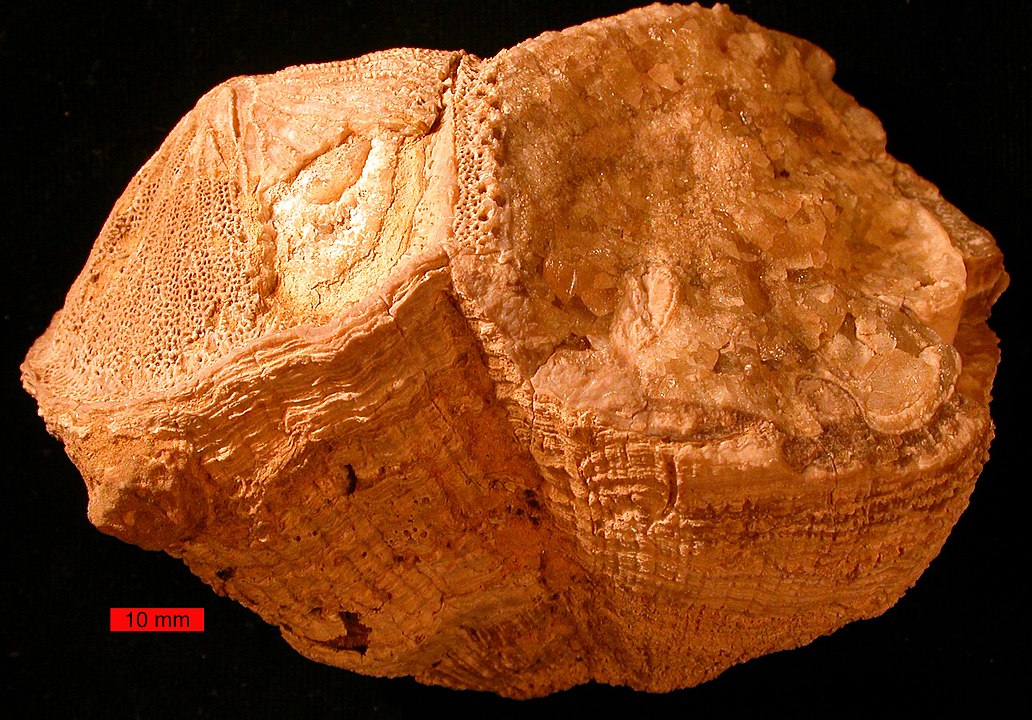Has humanity been doing it all wrong? We’re busy staring off into space with our futuristic, ultra-powerful telescopes, mesmerized by ethereal nebulae and other wondrous objects, and trying to tease out the Universe’s well-kept secrets. Turns out, humble, ancient clams have something to tell us, too.
A new study published in the American Geophysical Union’s journal Paleoceanography and Paleoclimatology presents evidence showing that the length of day on Earth has grown since the Cretaceous Period. The study is titled “Subdaily-Scale Chemical Variability in a Torreites Sanchezi Rudist Shell: Implications for Rudist Paleobiology and the Cretaceous Day-Night Cycle.” The lead author is Neils de Winter, an analytical geochemist at Vrije Universiteit Brussels.
The Cretaceous Period began about 145 million years ago (mya) and ended about 65 mya. During that time, there were a family of mollusks, now extinct, called Rudist clams. They built reefs, just like modern-day corals do now. Rudist clams were fast-growing, meaning they lay down growth rings, like in a tree. But rather than a growth ring every year, they laid one down every day. In the study, the team of scientists used lasers to slice the shell into minute slices. This enabled the team to count the rings much more accurately than the usual method: by using a microscope.
In their paper the authors point out that the technique has a lot of potential. “Combined with long?term climate records, such high?resolution, ‘snapshot’ reconstructions improve current understanding of the dynamics of greenhouse climates and the effect of rapid climate change on the environment.”
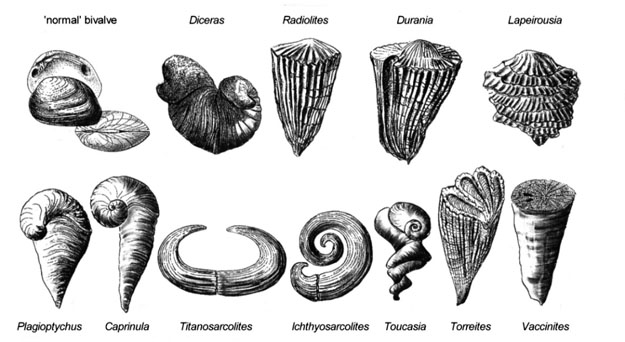
“We have about four to five data-points per day, and this is something that you almost never get in geological history. We can basically look at a day 70 million years ago. It’s pretty amazing,” said lead author de Winter in a press release.
The researchers used these “high-resolution” growth rings to calculate the length of a day back in the Cretaceous. They calculated both the number of days in the year, 70 million years ago, and the length of each day. The result?
Back during the Cretaceous, when the dinosaurs walked the Earth, the planet rotated more quickly. Earth rotated 372 times per year, compared to the 365 rotations in each modern year. So each day was about 30 minutes shorter, at 23.5 hours. But the study also tells us something about the history of the Moon.
In their paper the authors write, “A combination of layer counting, spectral analysis of chemical cyclicity and chemical layer counting shows that the rudist precipitated 372 daily laminae per year, demonstrating that length of day has increased since the Late Cretaceous, as predicted by astronomical models.”
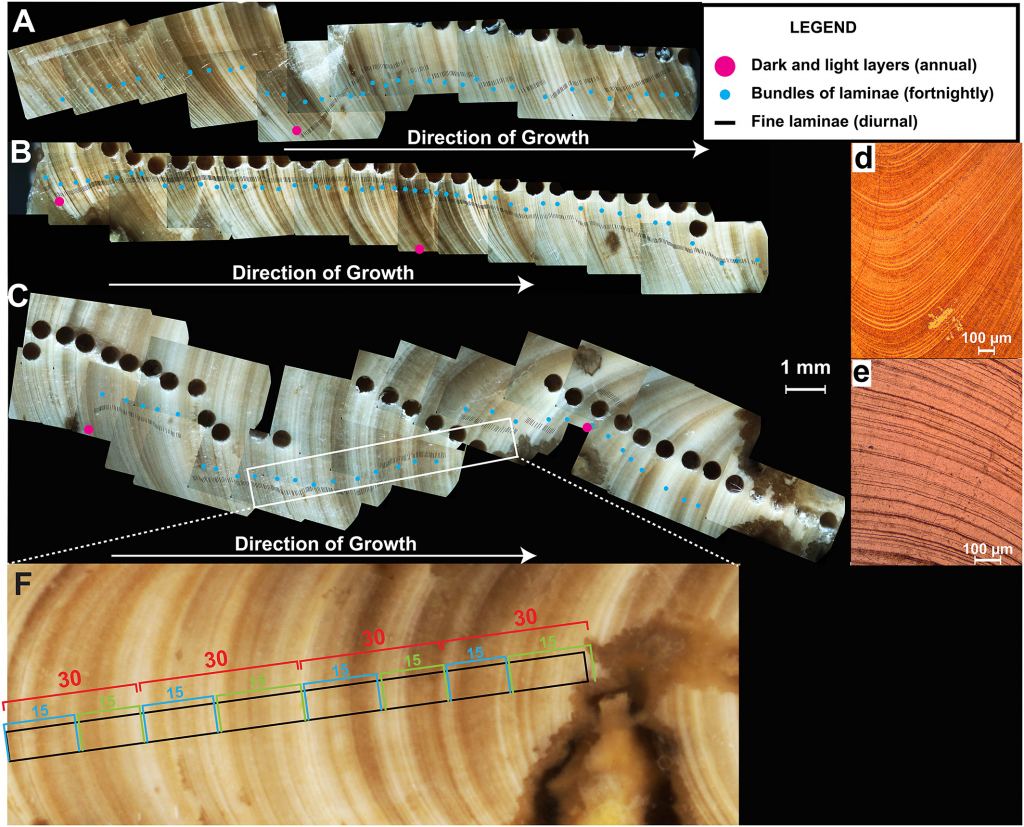
Scientists already knew that the Earth rotated more quickly in the past, though they never had this type of evidence. This evidence also sheds light on the relationship between the Earth and the Moon.
The length of an Earth year has been constant because Earth follows the same orbit around the Sun. But within that year, days are growing longer, and there are fewer of them in each year. This is where the Earth’s tides come in.
The Earth’s tides are caused by the gravity from the Moon and the Sun, and also by the Earth’s rotation. The friction from those tides is a drag on the Earth’s rotation, effectively slowing it. But then the tides accelerate the Moon in its orbit, a little bit. As it accelerates, it moves away from Earth. So as the Earth’s rotation slows, the Moon moves away at a pace of about 3.82 centimeters (1.5 inches) per year. We know this because of the laser reflectors that Apollo missions left on the Moon.
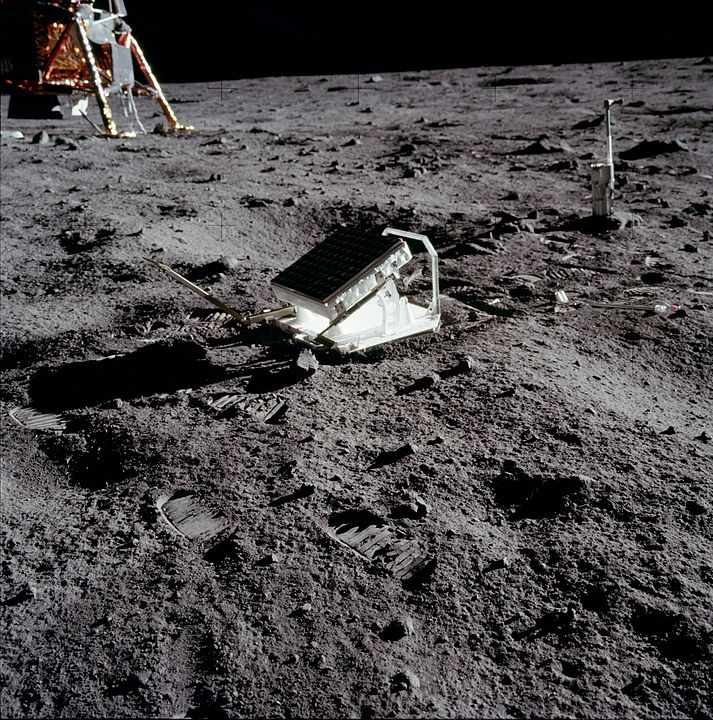
But that rate of drifting away from Earth wasn’t linear. If you calculate it backwards, it means that a mere 1.4 billion years ago, the Moon would have been right inside the Earth. But we know that the Moon is much older than that, and likely formed from the debris that resulted from a collision between Earth and a protoplanet named Theia, about 4.5 billion years ago.
The Moon can only be so close to the Earth due to the Roche radius. That’s the point at which the Earth’s gravity would overwhelm the Moon’s gravity, tearing the Moon apart. In the Earth-Moon system, that’s about 9500 km (5900 miles). It’s hard to imagine the Moon ever being that close to Earth.
So these ancient clam shells are helping us understand the story of the long relationship between the Earth and the Moon. But there are big gaps in our understanding, and some big questions. How far away was the Moon 100 million years ago, 500 million years ago, or even a billion years ago? How did tides, rotation rates, and Moon-Earth distance change over time? Did those factors affect the development of life on Earth, and the climate?
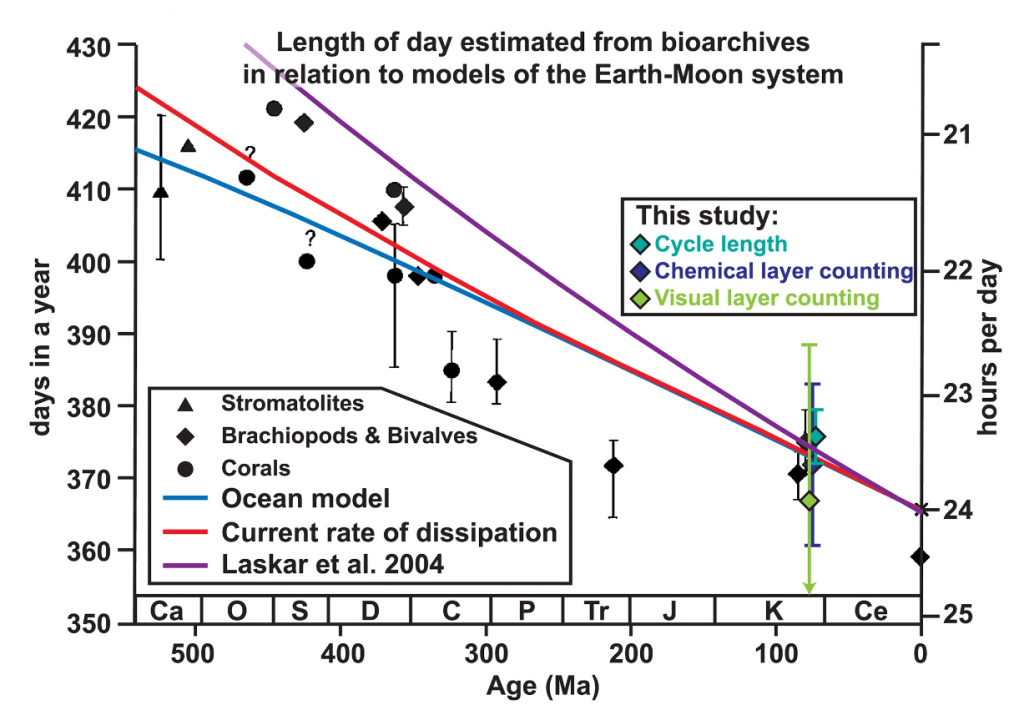
As is often the case in science, answers lead to more detailed questions. Lead author de Winter, and his colleagues, hope to find even more ancient fossils, to provide more snapshots of the Earth’s ancient history. And to provide some more incremental answers to our questions.
de Winter and the other authors think that the bivalve shell technique has a lot of potential. The authors write, “Therefore, this study paves the way for daily?scale reconstructions of paleoenvironment and sunlight intensity on geologic time scales from bivalve shells, potentially allowing researchers to bridge the gap between climate and weather reconstructions.”
More:
- Press Release: ANCIENT SHELL SHOWS DAYS WERE HALF-HOUR SHORTER 70 MILLION YEARS AGO
- Research Paper: Subdaily?Scale Chemical Variability in a Torreites Sanchezi Rudist Shell: Implications for Rudist Paleobiology and the Cretaceous Day?Night Cycle
- Universe Today: Comparing Mountains on the Moon to the Earth’s Peaks

